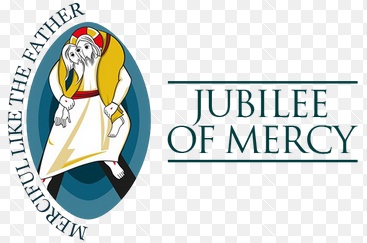What does Mitis iudex Dominus Iesus “The Lord Jesus, Clement Judge” signify?
Those norms came into effect on December 8, 2015, the day in which the Extraordinary Jubilee of Mercy began.
Jul 28, 2016

Q: Please explain the reasoning of Mitis iudex Dominus Iesus – “The Lord Jesus, Clement Judge” by which the canons of the Code of Canon Law pertaining to cases regarding the nullity of marriage were reformed.
A: Those norms came into effect on December 8, 2015, the day in which the Extraordinary Jubilee of Mercy began.
The theological, pastoral, collegial or synodal and canonical significance of this important document whose goal is to make the process for the nullity of marriage more accessible to people and more streamlined. The theological background to the document is found in its very title, namely, Jesus is the gentle judge and shepherd. This phrase resonates with the entire magisterium of Pope Francis who never tires of moving and drawing the Church to rediscover the mercy of God in our lives and to become more effective ministers of mercy ourselves. Specifically, that means that all the structures of the Church, as institution, must reveal the mercy of God and be based in the mercy of God.
Consequently, and this is another theological foundation for the document, the supreme law of the Church is the salvation of souls. Therefore, far from alienating people from the Church, the institutions or laws of the Church have as their goal to bring people to the Church, to integrate them constantly into the life of the Church, to make them a part of the family of God. Consequently, they have the goal of “transmitting grace and constantly promoting the good of the Christian faithful”, which is the essential end of the Church.
In the case of the canonical process for the declaration of the nullity of a marriage, pastorally speaking, such an institution serves the faithful in two ways. Pope Francis states that the canonical process that he reformed has as its goal “to ease the conscience” of the faithful. In order to attain that goal, it is an objective declaration assuring the faithful that their decision made in conscience was correct and conformed to truth and charity. Secondly, it seeks to remove “the clouds of doubt” that some may have about their divorce. Both instances reflect what Pope Francis has repeatedly stated, the pastors of the Church must be near the faithful, especially the weak and those who are suffering for any reason.
Pope Francis in this document also refers to the fact that his decision in this matter arose from synodal or collegial reasons. He makes clear that the Fathers of the Synod who were meeting in the Vatican to discuss married life expressly asked for a more streamlined and accessible process. With these new norms he has done that. He also states that in giving these new norms he does so with collegiality in mind and as such affirms that the power of the Office of Peter actually “asserts, strengthens and protects the power of the Pastors of particular Churches” … “to enact judgment toward those entrusted to their care”.
Of course, there are clear canonical dimensions to the document. The process of nullity is streamlined, and on those details, I leave it to your judicial vicars and canon lawyers to advise accordingly so that these norms are activated and followed with zeal and scrupulosity. There is also the briefer process by which the Bishop himself, in the exercise of his office of governance and judge, can declare the nullity of a marriage in cases that are so clear and obvious. The canonical dimensions of these new norms do have as their end to uphold and safeguard the indissolubility of marriage.
The Motu Proprio requires great attention and implementation, so that those who desire to be totally reintegrated into the entire sacramental life of the Church can have access to the canonical procedures that allow that to happen. -- By Archbishop Joseph Salvador Marino, Apostolic Nuncio of Malaysia







Total Comments:0